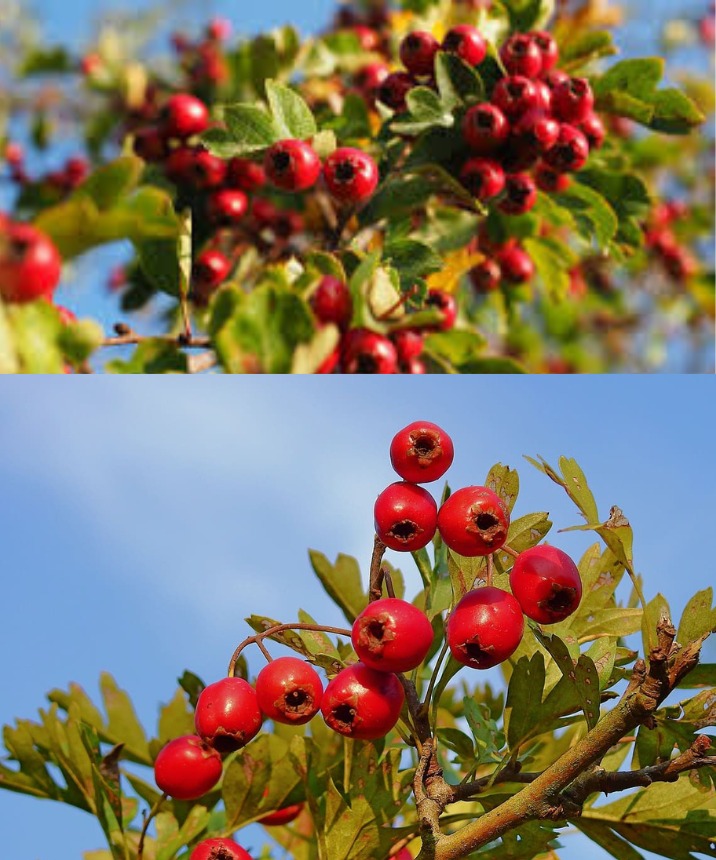The Crataegus monogyna, commonly known as white hawthorn or hawthorn bush, is a shrub commonly found in gardens and landscapes around the world. Known for its ornamental beauty and numerous benefits for wildlife, white hawthorn is a popular choice for those looking to add interest and diversity to their outdoor spaces. Here’s a comprehensive guide on everything you need to know about this versatile and charming shrub:
Description of White Hawthorn
White hawthorn is a deciduous shrub that can grow to heights ranging from 5 to 15 meters, although it is often kept smaller in cultivated gardens. Its leaves are lobed and serrated, with a bright green color in summer that changes to shades of orange, red, and purple in autumn. In spring, it produces small white or pink flowers that attract pollinators such as bees and butterflies. In autumn, it gives way to small red fruits, known as “haws,” which are an important food source for birds and other animals.
Growing Conditions
White hawthorn is a hardy and adaptable plant that thrives in a wide range of conditions. It prefers well-drained, slightly acidic soil but can tolerate a variety of soil types, including clay and sand. It can be planted in full sun or partial shade and is resistant to frost and drought once established.
Planting
The best time to plant white hawthorn is in autumn or spring, when the soil is moist and temperatures are mild. Dig a hole that is roughly twice the size of the plant’s root ball and place the plant in the center of the hole. Backfill with soil and gently compact around the roots. Water well after planting to help settle the soil.
Care and Maintenance
Once established, white hawthorn is a relatively low-maintenance plant. Water regularly during the first year after planting to help the plant establish its roots. Once established, white hawthorn is drought-resistant and requires little additional maintenance. You can lightly prune the shrub to shape it or to remove dead or diseased branches.
Wildlife Benefits
In addition to being a beautiful addition to the garden, white hawthorn also provides numerous benefits for wildlife. Its flowers attract pollinators such as bees and butterflies, while its fruits are an important food source for birds, small mammals, and other animals. Additionally, the shrub’s dense foliage provides shelter and habitat for a variety of wildlife species.
Propagation
White hawthorn can be propagated from seed, cuttings, or layering. Seeds can be collected from ripe fruits in autumn and sown in pots in spring. Cuttings can be taken in spring or autumn and rooted in a suitable rooting medium. Layering involves bending a branch to the ground and covering it with soil so that it can root.
White hawthorn is a versatile and valuable shrub that can add beauty, interest, and diversity to any garden or landscape. With its lush foliage, fragrant flowers, and attractive fruits, this charming shrub is an ideal choice for those looking to attract wildlife and create a naturally beautiful environment in their home.
